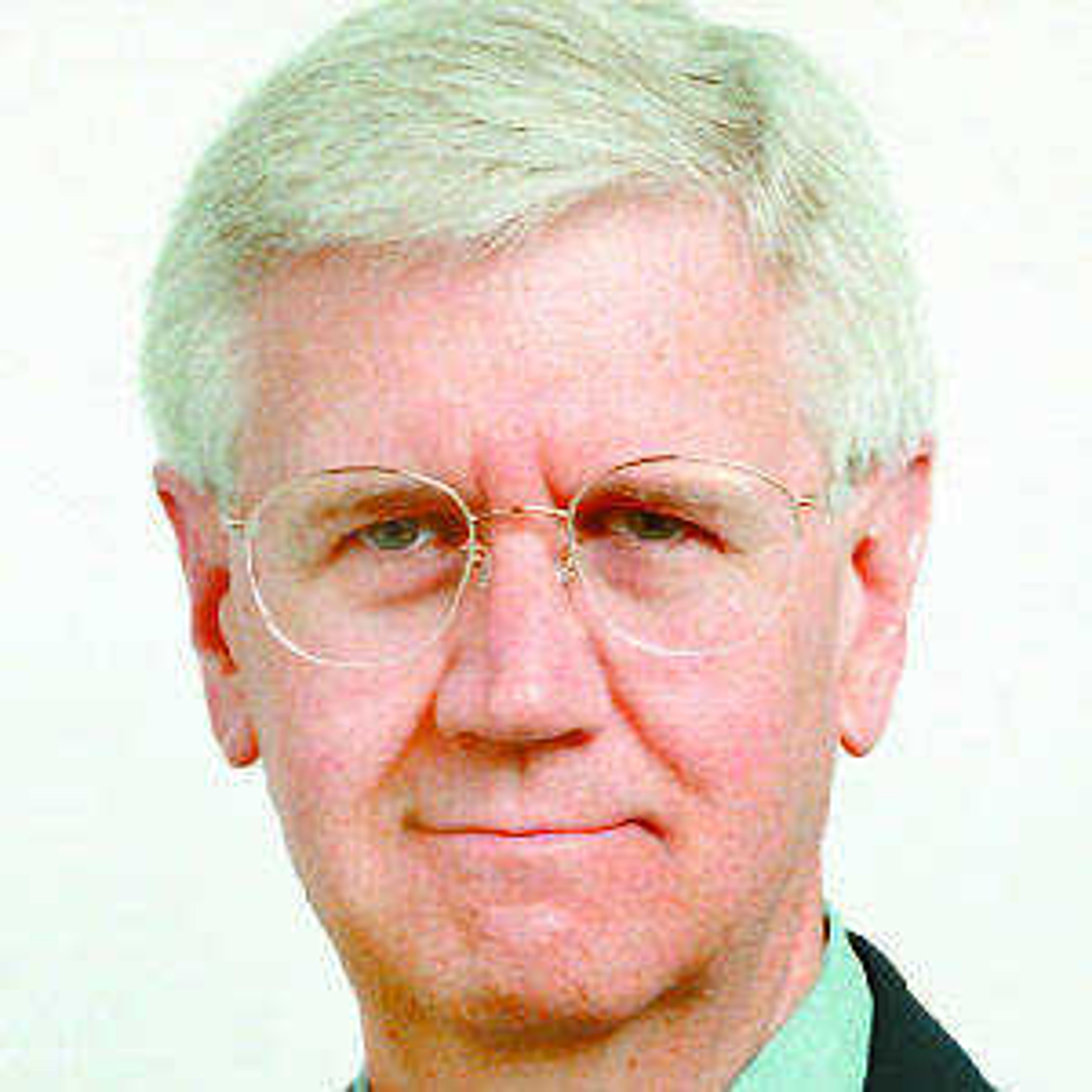All that glitters is not golden
Today's column is not funny. It's about real life, which has its humorous moments. This isn't one of them. I am writing as fast as I can. In addition to the routine pressures of doing a job and getting by in the world, there are several new twists...
Today's column is not funny. It's about real life, which has its humorous moments. This isn't one of them.
I am writing as fast as I can. In addition to the routine pressures of doing a job and getting by in the world, there are several new twists.
My mother went to the hospital Sunday -- she got to fly in a helicopter -- after her right side stopped functioning and she found herself on the kitchen floor of the house where she lives alone. She was able to reach the telephone cord and make emergency phone calls.
Four days of nearly nonstop examinations and tests using the latest advances of medical science produced this conclusion: There appears to be no physiological or neurological reason for whatever it was that happened Sunday morning just before my mother's backside and the kitchen floor had what could appropriately be called a come-to-Jesus meeting.
So I took my mother home Wednesday afternoon, assured by doctors and therapists and social workers that she was able to go back to her live-alone situation.
Which was fine until Thursday morning, when my mother experienced the same sensation as the one that led to her fall on Sunday.
This week's experience is already all too familiar to so many of you, even if the details are markedly different.
Right here in the newsroom there are folks who, in recent days, have spent hours and hours in emergency rooms or have been engaged in the heroic efforts of loved ones to slay the Big C dragon or have had major surgery requiring weeks of recovery. When things like this happen, life as we know it jumps off into a pit of the unknown.
Coping with modern cures has become quite a challenge -- certainly for those who are ill, but also for their loved ones. Medical procedures have become so complicated that it is all but impossible to comprehend what caregivers are saying, despite their best efforts to make their information as plain as possible.
Today's medical protocols rely heavily on test after test after test, some of them involving huge clanking body tanks and IVs poked into veins that collapse and, according to frustrated technicians, jump around.
Saving lives can be a dreadful experience for the savees.
An optimist would conclude, after four days in the hospital, that the annoyances of the cure are better than the alternative. This is what I know: Sometimes it's hard to be an optimist after four days in the hospital and no answers.
Now, like so many of you, we are faced with the Question Nobody Wants to Talk About: What next?
Taking advantage of a care facility where trained personnel know what to do when someone's right side stops functioning would appear to be one alternative.
Unless, of course, you're my mother.
Here's a woman who is esteemed for her pleasant disposition and kindness to others -- all my cousins love her to death -- but who has a sour view of any alternative to living alone in her own house with her own schedule and her own food and her own bathroom and her own back door she can lock and her own TV remote.
Like I said, this is all too familiar to many of you.
But I only have one mother. And this is our first tangle with the downside of the golden years.
I'm looking for a positive spin to put on all this.
I'm not having much luck.
If you're eating your Cheerios this morning, I'm sorry about this soggy bowl of All-Bran.
R. Joe Sullivan is the editor of the Southeast Missourian.
Connect with the Southeast Missourian Newsroom:
For corrections to this story or other insights for the editor, click here. To submit a letter to the editor, click here. To learn about the Southeast Missourian’s AI Policy, click here.










